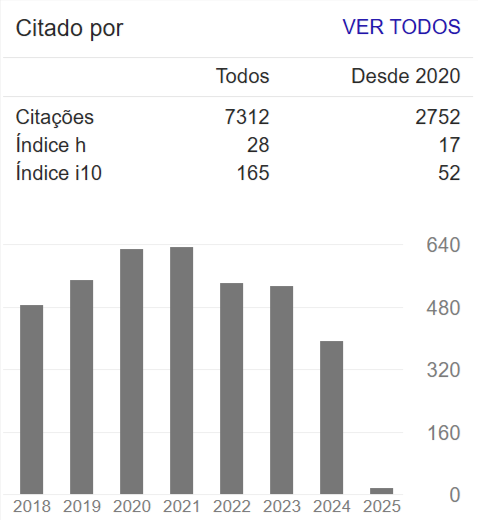Parâmetros Hidrodinâmicos do Aquífero Cárstico-Fissural da Região de Lagoa Santa, Minas Gerais
Resumo
A área de estudo abarca a totalidade da região denominada de APA Carste de Lagoa Santa e seus entornos, totalizando 505 km² e distando 35 km a norte de Belo Horizonte. A área tem sido alvo de vários empreendimentos que preveem um aumento pela exploração e consumo de água. Diante deste crescimento e da fragilidade do sistema cárstico, torna-se de fundamental importância o entendimento dos parâmetros hidrodinâmicos de forma a conhecer as características desse sistema aquífero. Geologicamente, a região é representada pelas rochas carbonáticas e metapelíticas do Grupo Bambuí, em um contexto local de intensa deformação rúptil, que regem o sentido de fluxo da água subterrânea, de oeste para leste, e determinam as características dos parâmetros hidrodinâmicos. O objetivo do trabalho foi obter os valores de condutividade hidráulica (K), transmissividade (T) e coeficiente de armazenamento (S) pela avaliação de ensaios de recuperação utilizando os métodos de Hvorslev, Bower e Rice e Cooper-Bredehoeft-Papadopulos. Foram utilizadas aplicações de fórmulas matemáticas de Hvorslev para obtenção de K e T, e avaliação do sistema de fraturas a partir de equações matemáticas para obtenção de k. Para a avaliação dos métodos propostos, foram analisados 99 ensaios de recuperação e 1163 fraturas a fim de avaliar a condutividade hidráulica. Os resultados foram comparados de modo a examinar o método mais representativo para o sistema cárstico-fissural e sua representatividade na região. Os três métodos clássicos apresentaram valores parecidos para K e T, sendo o valor modal do armazenamento (10-4) obtido pelo método de Cooper, Bredehoef e Papadopulos. O método matemático de Snow se mostrou mais eficiente para o cálculo de K em subsuperfície (10-3 m/s) estando próximo dos valores encontrados por ensaios de traçadores corantes por outros autores, possibilitando diferenciar os níveis verticais de condutividade hidráulica nesse sistema.

















